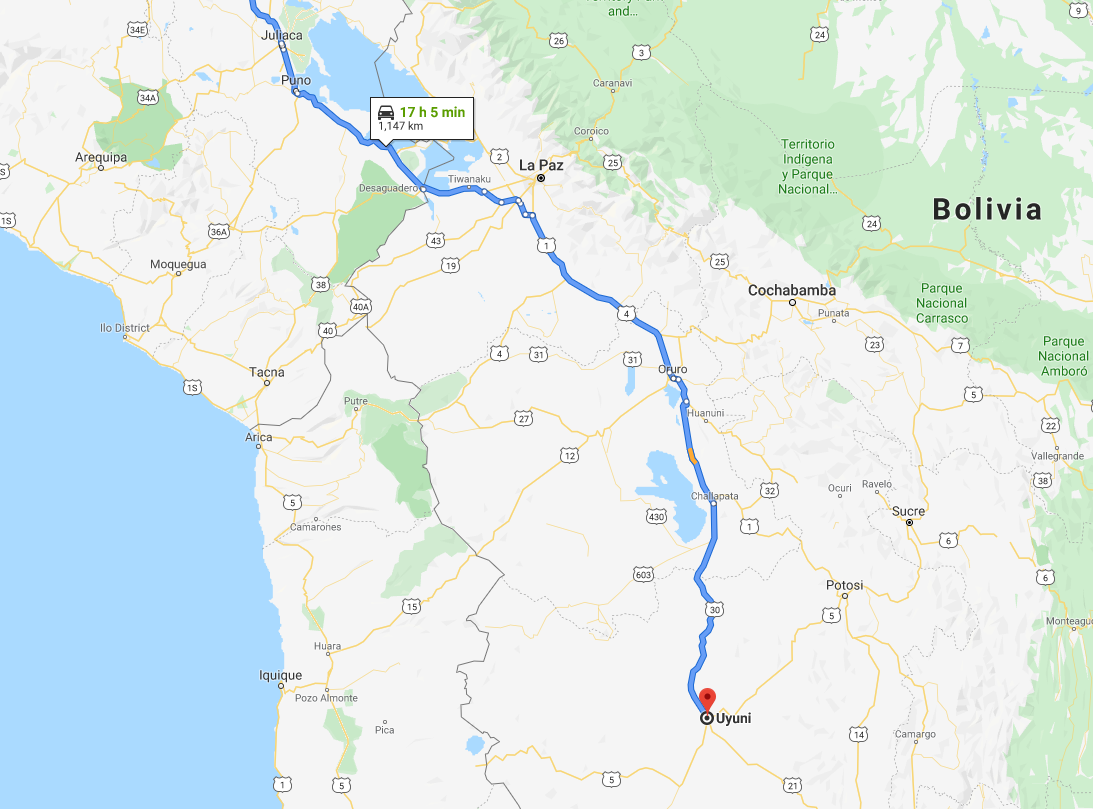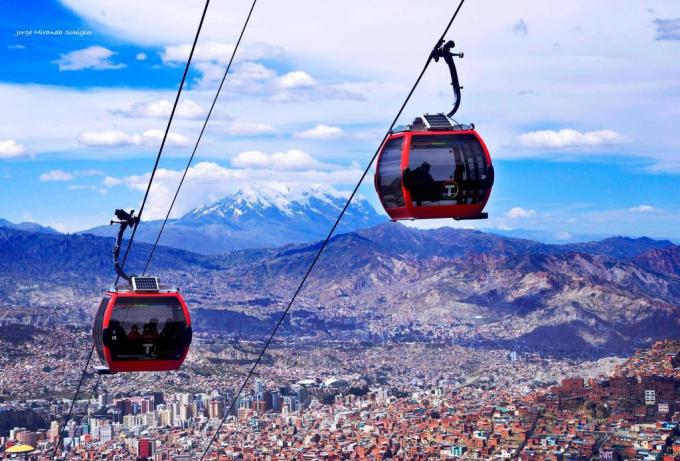Bus travel in Bolivia, or in flota, as it is called here, is one of the best ways to get around while on a budget. Buses cover most of Bolivia’s destinations and the most popular routes have frequent departures. Of course, bus travel in Bolivia is not without complications but the views and landscapes you will go through are well worth the effort. Here are our five tips for getting around the country safely and affordably.
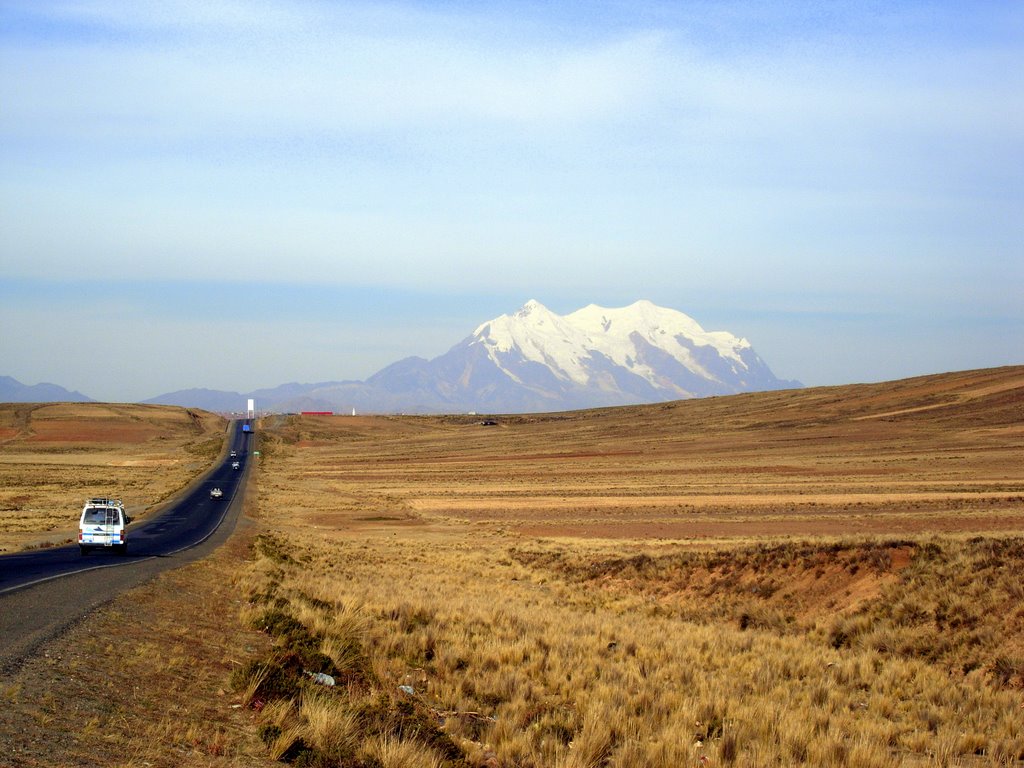

1. Be prepared
Pack layers
Being prepared is important in order to enjoy traveling in Bolivia by bus. For example, know that if you will be traveling at night, especially through the altiplano, it can get very cold at night. Even if buses claim to have air conditioning or heating, they sometimes don’t. Or it isn’t working, so be sure to have blankets and/or warm clothes at hand if you need them. Likewise, if traveling by day through the lowlands it may get really hot and stuffy.
Bring snacks
Also, be sure to always have water and some food when you travel. Snacks are rarely included with the bus ticket, so most buses stop at least once so passengers can go to the bathroom and buy food in small towns along the way. But, when traveling in Bolivia by bus there are many circumstances that could affect the length of your trip. For example roadblocks, traffic, or the bus breaking down. These issues are usually resolved within a few hours, but it is always best to be prepared in case you end up stranded in the middle of nowhere.
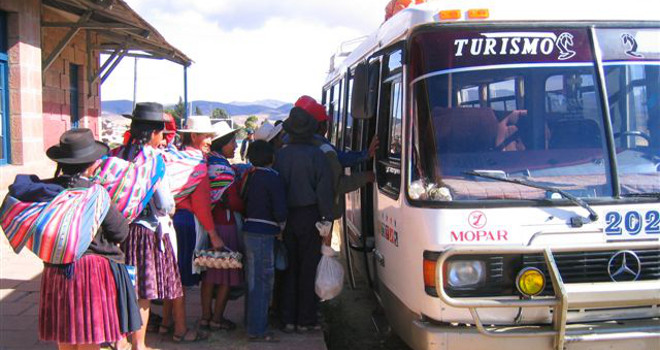
2. Know what to expect
Random stops
Bus companies and drivers are trying to make the most profit from each trip. And there are many people who live in villages along the highway who need to travel. So don’t be alarmed if the buses stop once in a while to pick up passengers off the road, even if there is no space on the bus. People are used to sitting on the floor or stairways. It’s cultural, it responds to social and economic reality and this won’t change in the near future. There are also sometimes people who get on the bus in order to sell food, drink, candy, and miracle remedies.
Rainy season
Unfortunately, when traveling in Bolivia by bus, there a different types of situations that can cause a delay or the cancellation of your trip. The rainy season, between November and February/March, can cause landslides, flooding, and other complications on some routes. Accidents are rare but to avoid them companies and transit authorities will cancel departures. There is not much that can be done other than waiting for better conditions or taking a different, longer route. This is why if you are traveling in Bolivia/Peru/Chile/Argentina during the rainy season be aware that this could happen and plan sufficient time to get to your destination, especially if you have a flight to take. Please note that during the rainy seasons it is common for flights to be canceled too so, wherever your destination is, don’t book close connections.
Roadblocks
Bolivia has a strong protest culture. This can be particularly problematic when traveling to Bolivia by bus. Long strikes (24 hours and longer) are usually announced but sometimes small communities will block major roads for a certain number of hours and without warning. Sometimes there is no alternative road and no other solution than to wait for the roadblock to lift. It may be possible to cross the blockade by foot and then take another method of transportation but only do that when there is no other solution. These situations vary a lot and the bus company will do what it can to help you get to your destination.
Be patient
It is also common for buses to wait past their scheduled departure time to fill with passengers. This is especially the case for informal bus companies that do regional routes (La Paz-Copacabana for example). If this will upset you, ask before you buy or go to the bus terminal where formal companies operate on fixed schedules. You can consult approximate journey times and departure times at the counter of the bus companies, and also on websites like this one, but be aware that these can change on short notice. Never plan a connection with less than 2 hours between the trips.
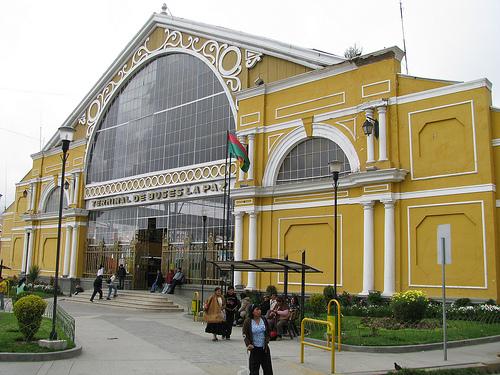
3. Know where you’re sitting
Types of seats
There are three types of buses in Bolivia: Lie-flat (cama), semi-lie-flat (semi-cama), and normal. Buses with lie-flat seats are the most comfortable and are usually only available for long trips, more than three hours long. The seats recline between 160 and 170 degrees, depending on the bus. We definitely recommend these for long trips. Semi-lie-flat buses have seats that recline between 120 and 130 degrees and are great on trips that cover shorter distances. Normal buses have seats that recline no more than 110 degrees and are okay for traveling short distances on a budget. VIP buses with personalized TVs, WiFi, USB plugs, and food are not very common in Bolivia yet, unlike its neighboring countries. Only a few bus companies have these types of buses.
Where to seat on the bus
When selecting a seat, know the pros and cons of each. Seats in the back of the bus may be warmer, good if you’re traveling along the highlands, but the trip may be bumpy since you’re practically sitting on the back tires. You may have a smoother ride in the front but it can be colder. Also, if you select window seats, there is a chance a draft may slip through, so make sure to have warm clothes.
At the moment few bus companies have online systems that allow selecting a seat at the moment of the purchase. This means that when you book a bus ticket online, you can’t select a specific seat on most routes. When buying your tickets through TicketsBolivia, you can write to us after the booking and let us know your seating preference. If possible the bus company will do everything possible to accommodate each passenger.

4. Be safe
All arrival and departure times shown on our website correspond to local times. Whenever your bus leaves the terminal or arrives at night, between 11:00 pm and 6:00 am, be cautious. Do not take a taxi that does not have the proper registration and identification. Here is some information on how to recognize and avoid common scams in Peru and Bolivia.
Usually, the terminals have taxi companies that work with them and are certified. Sometimes, when your bus arrives very early, like 3:00 am, you have the option of staying on the bus until a safer time to leave, like 6:00 am. If you have any doubts about the location of the bus terminal you are leaving from or arriving at, you will find the complete list of terminals and maps on this link: https://ticketsbolivia.com/travel-board.php
Bolivia is a generally safe country where the same logic and common sense applies as anywhere else in the world and traveling around Bolivia by bus can be a really enriching and fun experience.
5. Enjoy!
Look out the window, listen to some music, eat some snacks you wouldn’t otherwise, take the time to finally read that book or listen to that podcast, and don’t be rushed to arrive at your next destination.
Have a nice trip!



